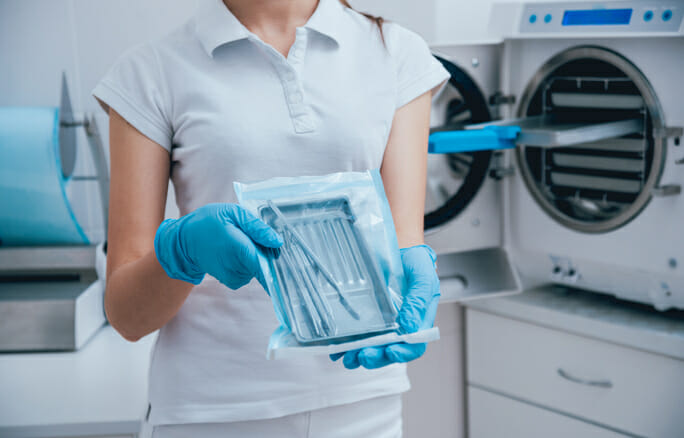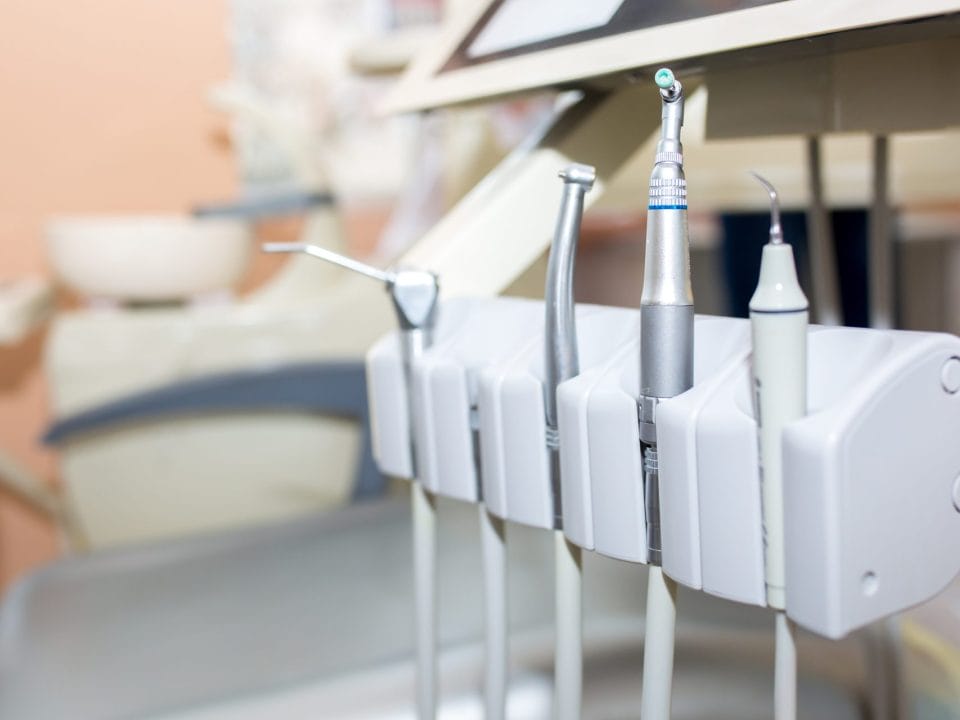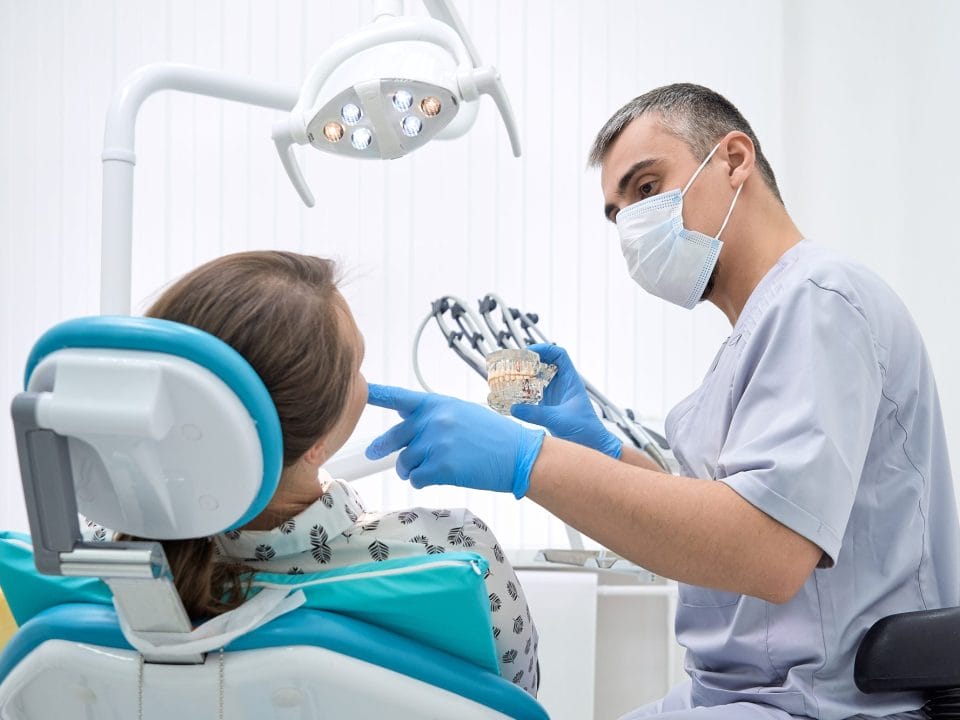
Having a dental emergency? Call us!
614-882-1135
We understand that dental emergencies can happen at any time. If you're in need of urgent care, give us a call, and we'll do everything we can to assist you when it matters most.
Patient Testimonials
Discover Better Dentistry
Become a part of the
Westerville Dental family!
We're accepting new patients. Our dental team prides itself on delivering a truly efficient and enjoyable experience while you’re with us.

The cleaning of our dental instruments is perhaps something that you have not thought too much about. However, your safety is always our priority, and we take our process very seriously. Dental autoclaves are a commonly used method of cleaning and sterilizing dental equipment.
An autoclave is a machine that is specifically designed to clean surfaces with extreme heat, steam, and a highly pressurized environment. Any of these conditions is enough to kill harmful bacteria or viruses, but the use of all three leaves no question about the cleanliness of our tools.
For your peace of mind, we are discussing some of the steps taken to protect your health and safety when you enter our office. Particular steps, like sterilization of tools via autoclave, must be followed so that we are not only adhering to protocol but also providing you with the best care possible. Read on to learn more about our dental autoclaves.
The Autoclave History
The first autoclave was attributed to Charles Chamberland in 1879. The ideas about disease transmission were still in their infancy, but doctors had realized the need for clean instruments to help keep their patients healthy. Before the autoclave was introduced, the most common method of sterilization treatment.
While “open flaming” was much better than no sterilization attempt, it didn’t adequately clean or kill all of the bacteria on medical instruments. Additionally, some infectious diseases were found to be resistant to harsh chemical cleaners and could even survive the temperature in boiling water.
While the autoclave is an incredibly sophisticated tool, the basic idea is the same as that of a pressure cooker. Adding pressure to the environment can help to raise the water temperature above boiling to kill stubborn viruses, and the addition of steam and pressure are also useful in sterilizing equipment.
Steam and the Autoclave
Steam is considered to be the most effective portion of autoclave sterilization. While the science behind this can be complex, the basic premise is that steam has a much higher temperature and energy than that of boiling water.
Additionally, the humidity in the autoclave is also a critical component. With no humidity, or what is called dry heat, the time required to kill bacteria is greatly increased. At the same time, too much humidity means that more time is required to properly dry the equipment before packaging.
The autoclaves that we use are specifically calibrated to use 3% humidity for our steam. This means that a process that would take two hours in dry heat takes only three minutes!
Completing the Process
Once the instruments in the autoclave have been adequately cleaned, they must be prepared for packaging. The first step is to ensure that all of the equipment is dry. The autoclave that we utilize is specifically designed to ensure that all of the moisture has been removed. This ensures that our equipment does not rust, stays free of moisture that can harbor bacteria, and continues to function as it is designed.
When the drying process has been completed, the tools are then carefully sealed to ensure that they do not become contaminated after the devices have been cleaned. The packaging is only opened, and the tools are removed when we prepare for the exam or procedure. If we open a package but don’t use the tool, we never attempt to repackage. Instead, we place that item back into the autoclave to be cleaned again. While this process can be seen as an unnecessary step, we will never risk the safety or health of our patients!
In addition to utilizing all of our cutting-edge technology and equipment, our staff receives proper training and education to be able to use the equipment. We also attend regular conferences to make sure that we stay up to date with the best technologies available for our patients.
Additional Information Regarding Dental Instrument Sterilization
We take the time to clean each exam room between patients properly, and we are careful not to cut any corners in the process. You can rest easy knowing that each surface and instrument has been thoroughly cleaned to the highest standard. This is why you may notice a short wait time between the previous patient and your scheduled appointment. We are taking an extra few minutes to make your safety our focus.
Information is Key
Because we understand the importance of being well-informed about changes in healthcare and the overall well-being of our patients, we make it a point to stay up-to-date on all potential threats and make changes accordingly.
Never hesitate to ask about our autoclave at your next appointment, we take pride in the care we provide for you!


 Meet Dr. Zody
Meet Dr. Zody Meet Dr. Choi
Meet Dr. Choi Meet Dr. Son
Meet Dr. Son



